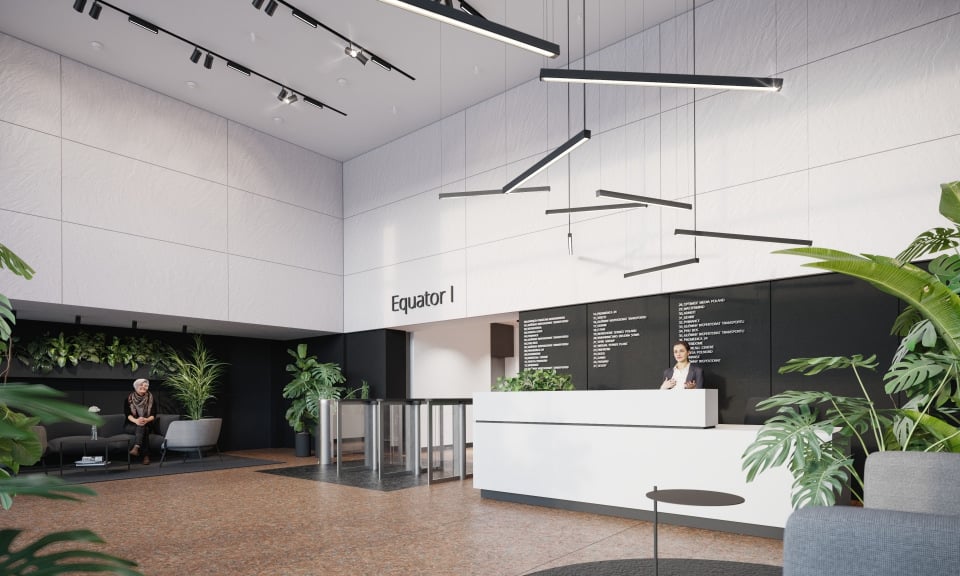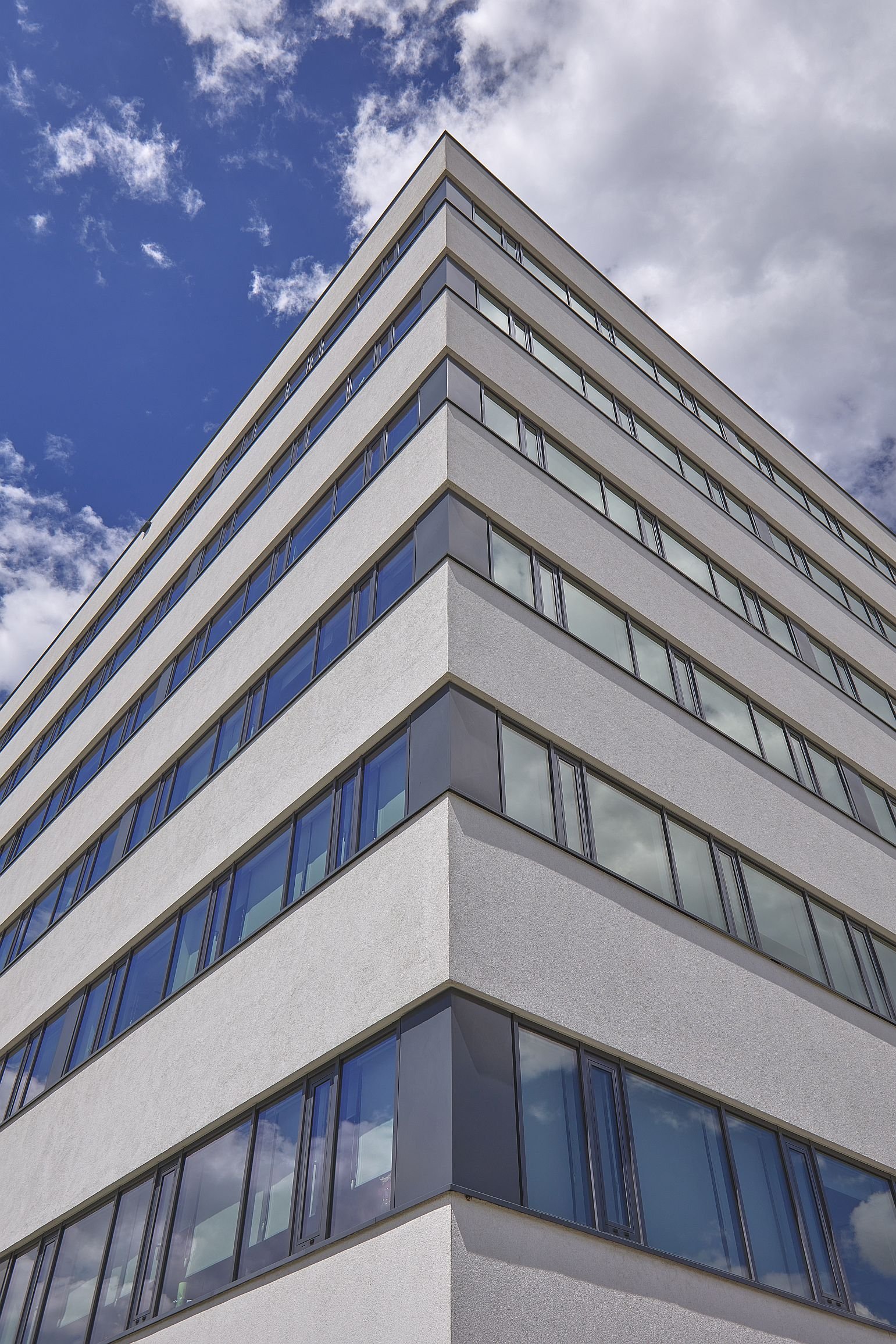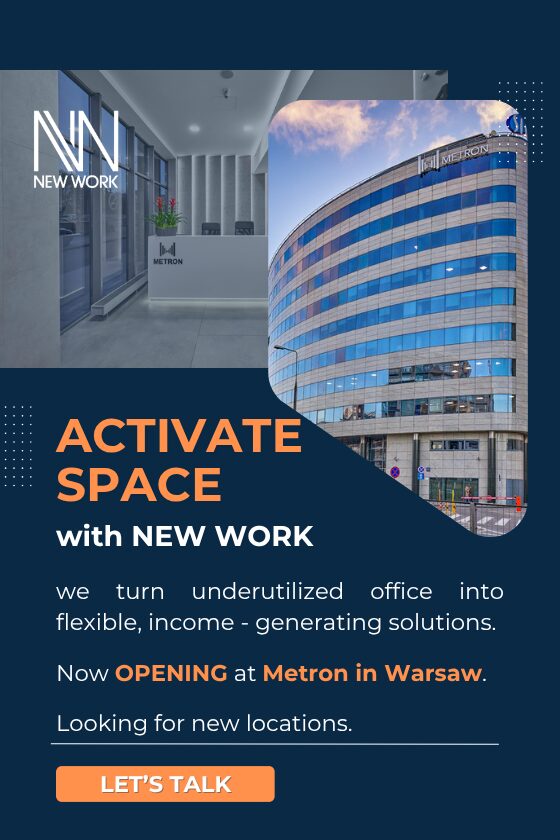Although many companies have announced the return of employees to corporate office spaces and are striving to achieve full occupancy, findings from Colliers’ latest survey show that ideal working environments have occupancy rates between 50 percent and 80 percent. It is in this range that an office becomes a vibrant workspace, offering ideal conditions for spontaneous collaboration.
According to the survey, offices with less than 50 percent occupancy appear dead and silent, lacking energy and impetus for social interaction and collaboration. And offices with occupancy rates above 85 percent are too busy and lose the flexibility that is crucial for hybrid working.
“In a group of four workstations, occupancy of two to three of them provides ample opportunity for social interaction as well as space for focused work,” according to Colliers’ research. This state of affairs not only allows employees to collaborate better, but also to choose the appropriate work environment.
Reality: the silent majority of office days
Data shows that in most companies today, offices are less than half occupied more than 80 percent of the time – they are located in quiet zones that discourage employees from visiting the office. “The result is then a vicious circle: under-occupied offices do not entice employees to return, and this further reduces their attractiveness. The spaces remain even emptier, thus slowly losing their basic purpose – to be a place that promotes collaboration and corporate culture,” comments Jana Vlková, Director of Workplace Advisory and Office Agency at Colliers.
Solution: Design less, get more
A model example shows that if a company guaranteed a workstation for only 700 out of 1,000 employees, the proportion of quiet days would fall from 83 percent to 38 percent, while the number of lively days would rise from 16 percent to 56 percent. The result would therefore be 2.5 times more vitality. “This example clearly shows that if companies focus on how people communicate and collaborate instead of trying to make the most of every inch of space, they will achieve significantly better results,” adds Jana Vlková, noting that practice shows that the ideal solution is to reduce the number of workstations by a third.
The Vibrant Future
The survey delivers a clear conclusion: companies that want to succeed should not seek to return to the workplace model of 2019. Instead, they should embrace the vibrant office concept – working in a space designed for optimal interpersonal interaction and where the use of space is backed by data on what truly motivates employee attendance and engagement.
“Success is not about filling every workstation or trying to maximise occupancy. It’s about creating an environment that is so attractive, functional and in line with people’s needs that they choose it as a place where they want to work,” concludes Jana Vlková.






